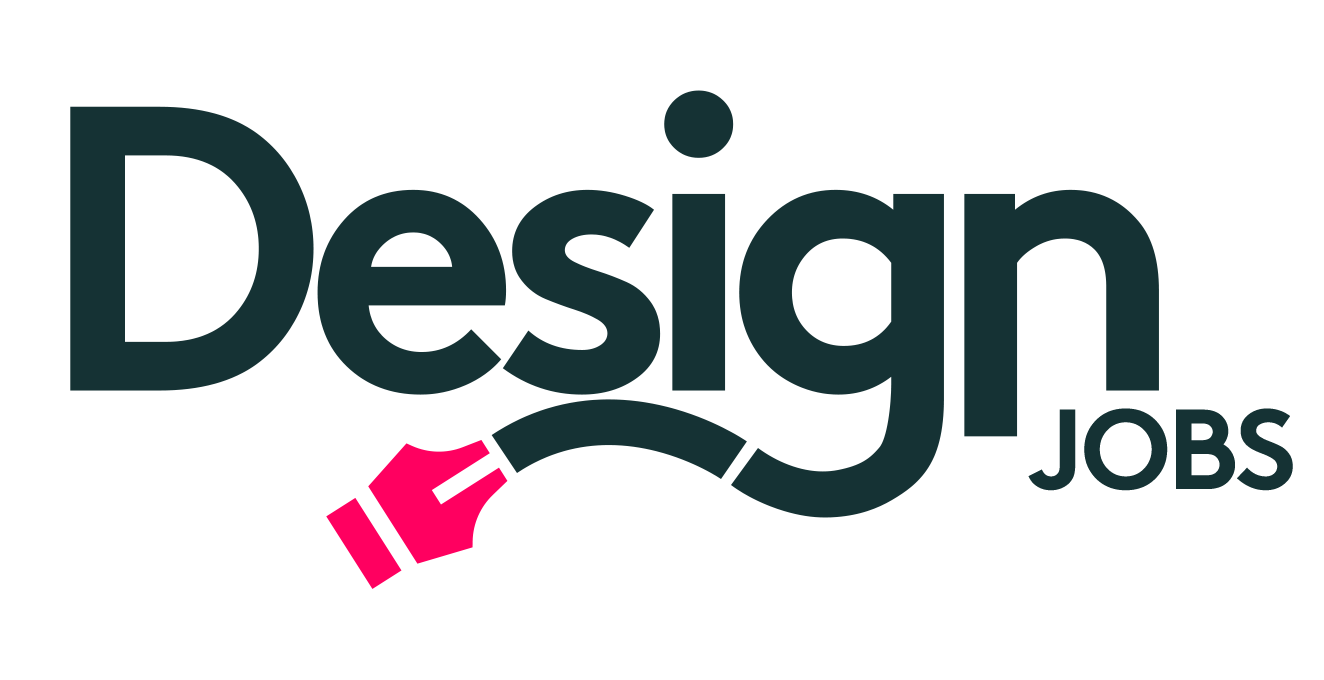The Frightening Impact A.I. Will Have on Creative Jobs
The impact of artificial intelligence on creative industry jobs is a hot topic of debate at the moment. While some people argue that AI has already replaced people in certain creative and design roles, others believe that it will make many more creative jobs redundant in the near future. In this article, we will take a closer look at the impact of AI on creative jobs and explore both sides of the argument. We will also discuss which creative and design jobs are most likely to be impacted by AI in the future.
Advertising industry jobs
Creative jobs that are most likely to be impacted by AI in the future include those in the advertising and marketing industry. This is because AI can be used to create targeted ads and track customer engagement. Additionally, AI can also be used to create realistic product images and videos, which could replace the need for some designers and creative directors. However, it is important to note that AI will not completely replace all human creative jobs. Rather, it will change the way that these jobs are done and may require people to learn new skills.
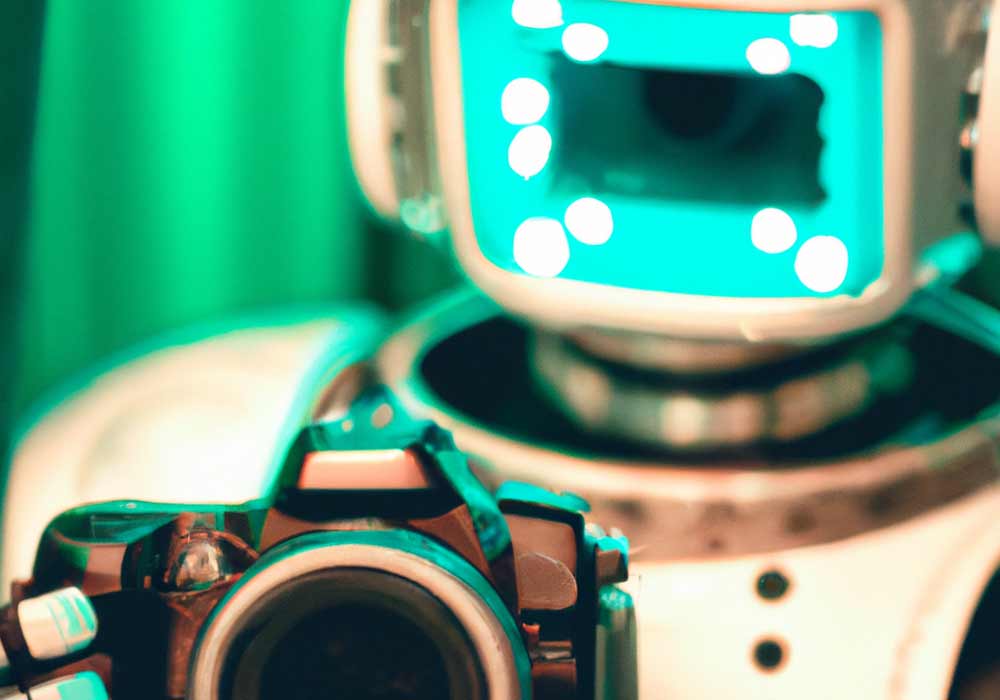
Let’s talk about image creation jobs
AI tools like Dall-e are already generating realistic and high quality images. While they may not yet be suited to every application, as these technologies get better they will likely change how photographers and illustrators create images. For example, rather than taking photos of products or people, photographers may instead use AI tools to generate images from scratch. This would allow them to create pictures that are not constrained by reality. Similarly, illustrators may use AI tools to create sketches or outlines of their ideas, which they can then finish manually.
While this may seem like the beginning of the end for photographers and other artists, there are also many benefits in using AI tools for people in those roles including:
- Increased Efficiency: AI can help you to create images faster than you could do manually.
- More Creative Freedom: As we mentioned above, AI can be used to generate images that are not constrained by reality. This means that you can be more creative in your work.
- Improved Quality: AI tools can create high quality images that are realistic and accurate.
- Reduction of costs associated with image production, including camera equipment, model fees, sets, props, costumes, makeup etc.
How about video creation?
As AI tools continue to develop, they are also likely to have an impact on video creation. For example, AI could be used to create realistic character animations and special effects. This would require less manual labor and could result in lower costs for video production.
The impacts of AI on video featuring human actors can already been seen in the deepfake phenomenon of the last few years. This is a good indicator of how AI could be used in the future to create realistic video footage, including for movies and TV. It will likely pose a threat to actors also, as AI could be used to create lifelike characters that can replace them in roles.
Additionally, AI could be used to generate storyboards or outlines for videos. This would allow video creators to focus on the creative aspects of their work, rather than having to worry about the technical details.
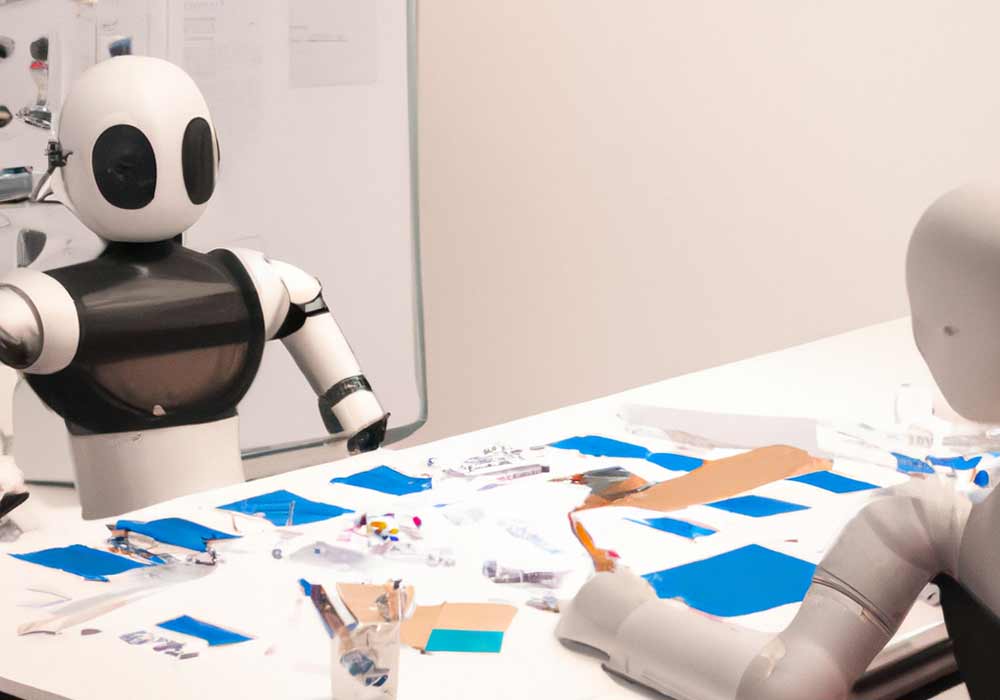
How will AI impact UX design jobs?
AI is also likely to have an impact on UX design jobs. This is because AI can be used to create prototypes and test user interfaces. Additionally, AI can be used to analyze user data and identify patterns. This information can then be used to improve the user experience. However, it is important to note that AI will not replace UX designers completely. At least not in the short term. In the long term, however, it is possible that AI will replace many UX designers. This is because AI can be used to automate many of the tasks that UX designers currently do.
What about other creative industry jobs?
It is not just photographers, illustrators, and video creators that will be affected by AI. Many other creative jobs will also be impacted. For example, writers may use AI to help them with the research and writing process. This would allow them to focus on the creative aspects of their work, rather than having to worry about the technical details.
Interior designers may use AI to create realistic simulations of rooms. This would allow them to experiment with different designs and see how they would look in real life.
Architects may use AI to create models of buildings. This would allow them to experiment with different designs and see how they would look in real life.
Graphic designers will likely use AI to speed up some of their more routine tasks . For example, they may use AI to create repetitive patterns or to color correct images.
Brand designers may soon have AI at their doorsteps. Read about it in a brand design experiment we did recently.
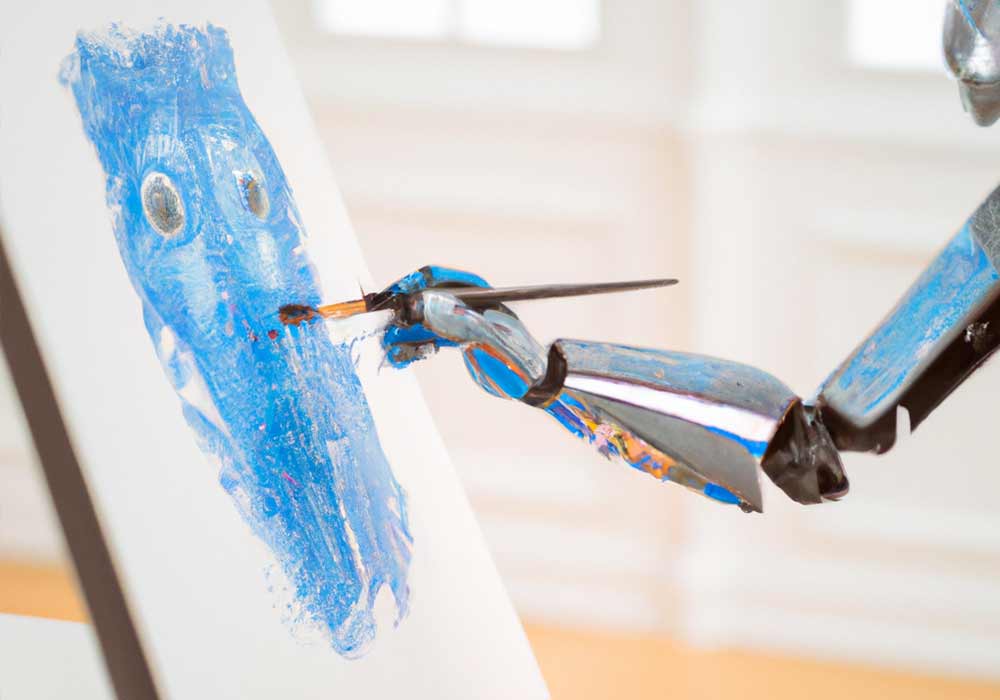
What is the future for artists?
The future for artists is likely to be a mix of both good and bad. On the one hand, AI will likely replace many artists in their current roles. On the other hand, AI will also provide artists with new opportunities to be creative. So while some jobs may be lost, new ones will be created. Proliferation of AI-generated art may also have the effect of increasing the value or human-generated art due to its rarity. In the end, only time will tell how AI will impact the world of art. But one thing is for sure, it will have a major impact.
AI impact on creative industry job salaries in Australia
In Australia, the average creative salary is $79,437 per year. The top end of creative salaries is $118,000 per year while the lower end is around $54,000 per year. In general, creative salaries have been increasing in recent years. However, this trend is not expected to continue in the future as AI begins to replace humans in many creative roles. It is estimated that by 2025, AI may have replaced humans in a number of creative jobs including many in the image production, graphic design, web design, and even copywriting spaces. This trend is expected to result in a decrease in creative salaries overall. So if you’re thinking about pursuing a career in the creative arts, you may want to do it sooner rather than later.
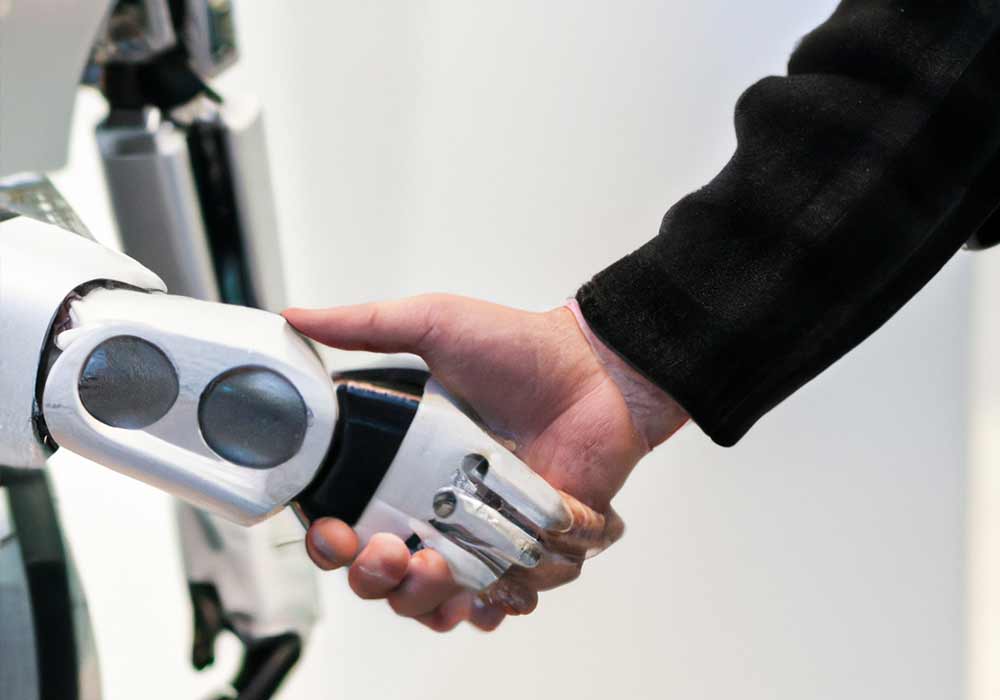
How to prepare yourself for the AI revolution
If you’re currently working in a creative role, it’s important to stay up to date with the latest AI advancements. This will help you to identify new opportunities as they arise. Additionally, it’s important to be open to new ways of working. For example, if you’re a photographer, you may want to learn how to use AI-powered photo editing software. This will help you to stay ahead of the curve and remain competitive in the future.
Ultimately, the best way to prepare for the AI revolution is to embrace it. AI is here to stay and it’s only going to become more prevalent in the years to come. So it’s important to be open-minded and willing to adapt to the change.
